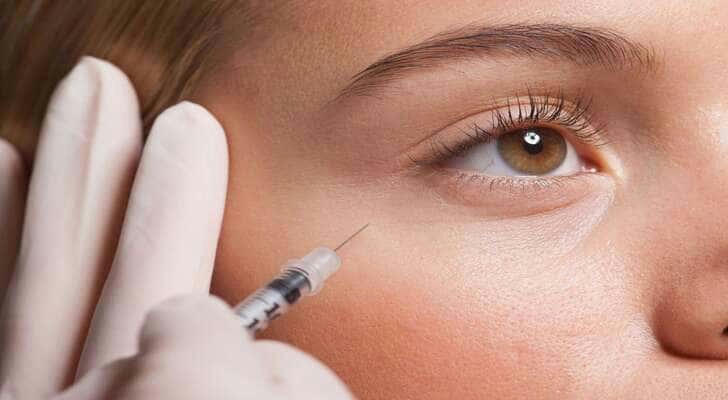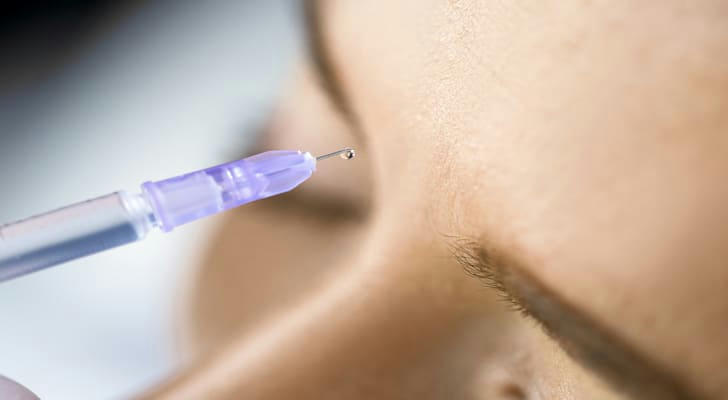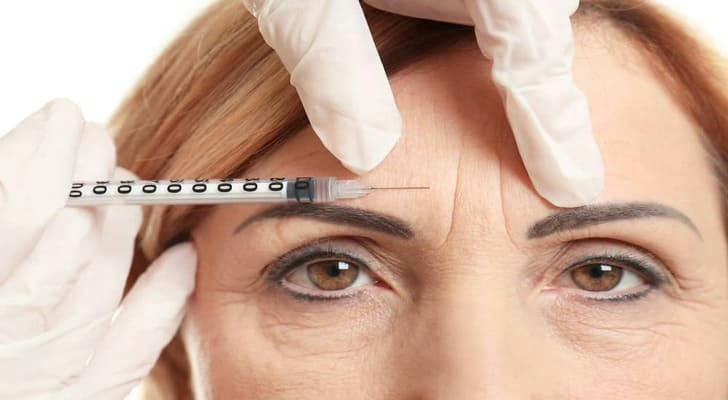First Time Getting Botox? Here’s What Really Happens

For many people, the idea of getting Botox conjures up a mix of curiosity, excitement, and a little anxiety. It’s one of the most popular cosmetic treatments worldwide, known for smoothing fine lines and wrinkles and offering a refreshed, youthful look—often without anyone realizing you've had anything done. But if you're considering Botox for the first time, you might be wondering what to expect, what it feels like, and whether the results live up to the hype.
Let’s walk through exactly what really happens when you get Botox—before, during, and after your appointment—so you can approach your first treatment feeling confident and informed.
What Is Botox, Really?
Botox is a purified form of botulinum toxin type A, a neurotoxin that temporarily relaxes specific muscles by blocking nerve signals. In aesthetic medicine, it’s most commonly used to treat expression lines—those dynamic wrinkles that form when we smile, frown, or squint. Areas like the forehead, crow’s feet, and glabella (between the eyebrows) are among the most treated.
Despite its origin, Botox is FDA-approved and has a strong safety profile when administered by qualified professionals. Millions of people receive the treatment every year, and clinical studies back both its efficacy and low risk when used correctly.
Before the Appointment: Consultation and Prep
Your Botox experience begins with a consultation, which is a vital step—especially for first-timers. During this session, your injector (usually a dermatologist, plastic surgeon, or trained nurse practitioner) will evaluate your facial structure, discuss your goals, and determine if you’re a good candidate for the treatment.
A reputable provider will assess your muscle movement, ask about your medical history, and explain how Botox works in your specific case. You may be asked to avoid alcohol, blood thinners, and anti-inflammatory medications for a few days prior, as these can increase the chance of bruising.
Most importantly, this is your opportunity to ask questions. A good injector will prioritize natural-looking results and take a conservative approach for first-timers.
The Injection Process: Quick and Surprisingly Easy
Here’s where the nerves usually kick in—but rest assured, the injection process is far more straightforward than many expect.
The actual procedure typically takes no more than 10–15 minutes. You’ll be seated upright or reclined slightly in a treatment chair. After cleaning your skin, the injector may mark specific points on your face. A very fine needle is used to inject small amounts of Botox into targeted muscles. Most people describe the feeling as a series of tiny pinches—mild and over quickly.
There’s usually no need for anesthesia, though some clinics offer a numbing cream for those particularly sensitive to needles. The number of injections depends on the area being treated, but even for multiple areas, the session remains fast and efficient.
Right After Treatment: What You’ll Feel and See
Immediately after the injections, you might notice small red bumps or a bit of swelling at the injection sites—similar to mosquito bites. These typically resolve within 15–30 minutes. Mild bruising can occur, though it’s not universal and is usually minimal.
You’ll be advised to stay upright for four hours post-treatment and to avoid rubbing your face, heavy exercise, and extreme heat for at least 24 hours. These precautions help prevent the Botox from migrating to unintended areas.
One of the most surprising things for first-timers? You won’t see immediate results. Botox takes time to work. Most people begin to notice changes around day 3 to 5, with full results visible in about 10 to 14 days.
The Results: Natural, Subtle, and Satisfying
When administered correctly, Botox doesn’t freeze your face—it softens it. The goal is not to eliminate expression but to minimize the wrinkles caused by overactive muscles. The final result? A smoother, more rested appearance that still looks like you.
According to a study published in the Journal of Cosmetic Dermatology, over 90% of Botox users report high satisfaction levels with the outcome, especially when results are subtle and customized.
Results typically last 3 to 4 months for most people, though factors like metabolism, lifestyle, and treatment area can affect longevity. Many people choose to return for maintenance treatments several times a year.

What It’s Not: Common Myths and Misconceptions
First-time Botox patients often have concerns based on myths or misinformation. Let’s clear a few up:
"I won’t be able to move my face."
Not true—when done by a skilled injector, your facial expressions remain natural, just more relaxed."Botox is permanent."
False. The effects wear off over time, which is one of the reasons many people try it without fear—it’s not a lifelong commitment."It’s only for older people."
Increasingly, individuals in their late 20s and 30s seek preventive Botox to delay the onset of deeper wrinkles."Once you start, you can’t stop."
You can absolutely stop at any time. Your wrinkles will gradually return to their original appearance, not worse than before.
Choosing the Right Provider: Why It Matters
Perhaps the most important decision in your Botox journey is who you trust with your face. An experienced, medically licensed injector will ensure your treatment is safe, results are balanced, and your facial anatomy is respected.
Look for a provider who listens to your concerns, educates you on the process, and isn’t quick to over-treat. Ask to see before-and-after photos, read reviews, and trust your instincts—if something feels off, it probably is.

Your First Time Won’t Be Your Last (Probably)
After seeing the results—smoother skin, softened lines, and a fresher appearance—it’s no surprise many first-time users become repeat clients. Botox can be a subtle yet powerful confidence boost, and when done correctly, it doesn’t scream “I had work done.”
The key takeaway? Botox isn’t about changing your face. It’s about enhancing what’s already there, helping you look as vibrant on the outside as you feel on the inside.
